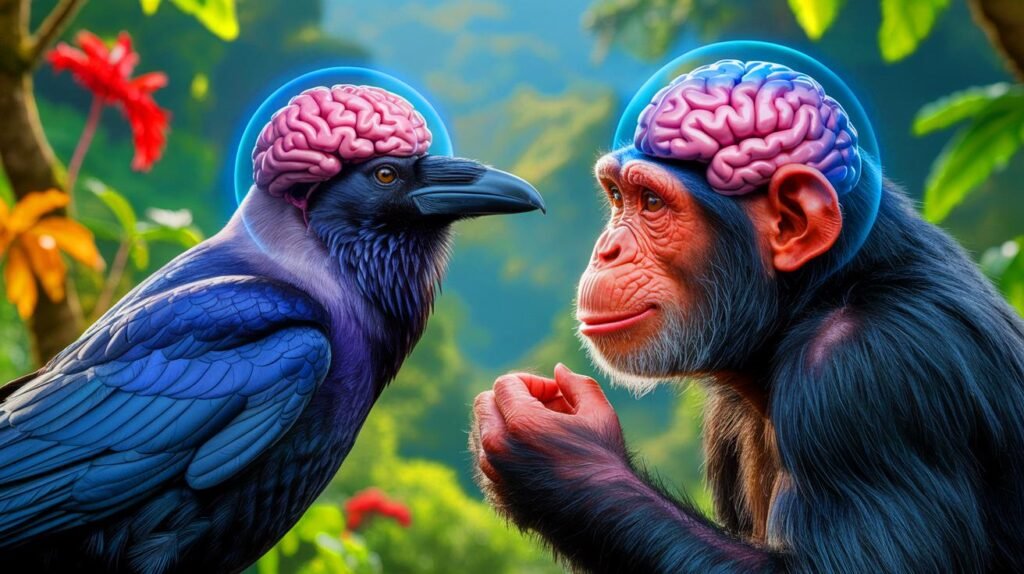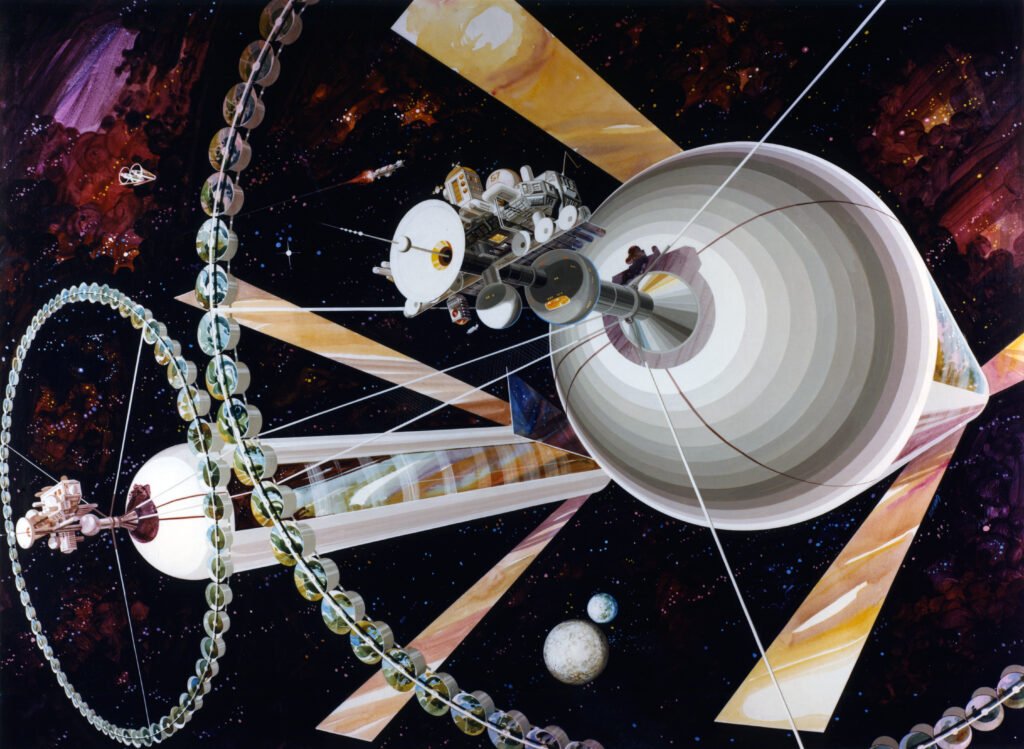For millennia, people have seen intelligence as a singular evolutionary triumph, a pinnacle attained only by mammals, with primates (and finally, humans) at the top. But apparently nature had other ideas. Modern ground-breaking studies show that intelligence developed twice in two quite different spheres of life: mammals and birds, not once.
Birds have long surprised us from ravens solving difficult puzzles to parrots surpassing apes in memory tests. Still, their brains lack the neocortex, the six-layered neural structure long regarded as the center of mammalian intelligence. How then do they compare in cognitive ability to rival primates? The solution resides in an amazing case of convergent evolution whereby nature separately created two separate blueprints for genius. Using state-of- the-art genetic and neurobiological tools, recent studies have revealed that birds and mammals arrived at intelligence via quite different evolutionary paths, so redefining our knowledge of cognition itself.
The Bird Brain Myth: How Science Got It Wrong for Decades
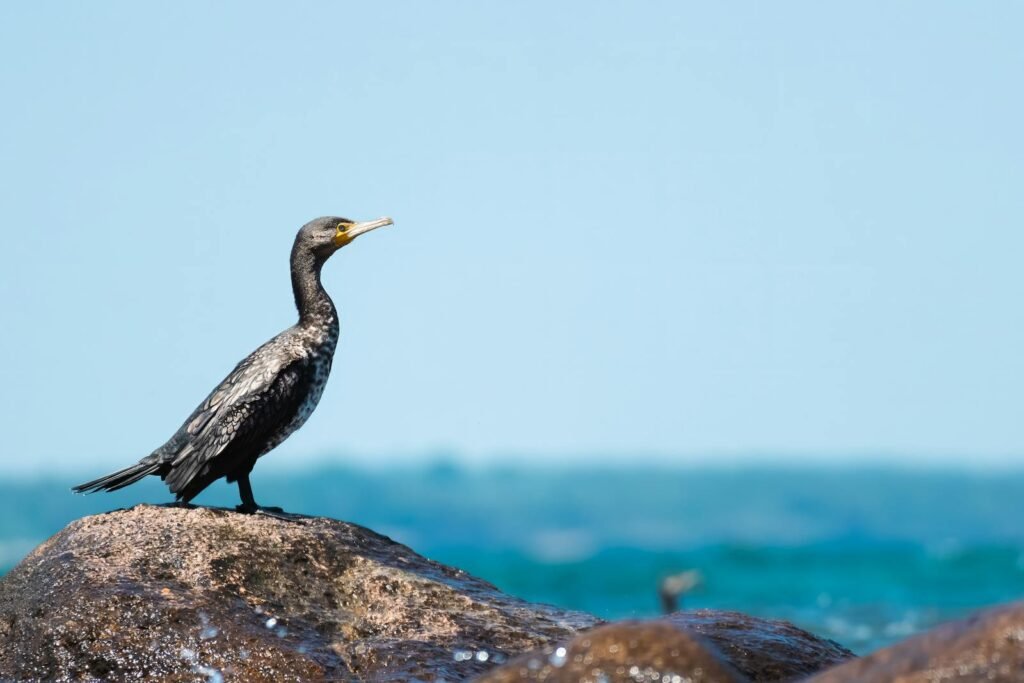
Birds were viewed as natural-born animals with a little capacity to learn for the majority during the early 20th century. Their absence of a neurocortex meant that their brains were deemed ineffective at thinking. “Bird-brained,” as a term “bird-brained” came to be employed as a synonym for stupidity due to outdated neuroanatomy.
The pivotal moment came in the early 1960s during the 1960s, when the neuroanatomist Harvey Karten found that birds have a brain structure called the dorsal ventral Ridge (DVR) and despite its messy appearance has very similar functions as the mammalian neocortex. According to the research of Karten it is possible that a similar neural structure passed down from a distant reptile ancestor may be shared by birds as well as mammals.
A few years later, however, the anatomist Luis Puelles, studying embryonic development, challenged this view. He concluded that the Avian DVR and mammalian neocortex grow from different areas of the brain that are growing, and that they evolved in a different way. This led to an argument that was heated over whether intelligence was created in two instances or was it part of a shared heritage?
The Rosetta Stone of Avian Intelligence: A Fossil That Rewrote History
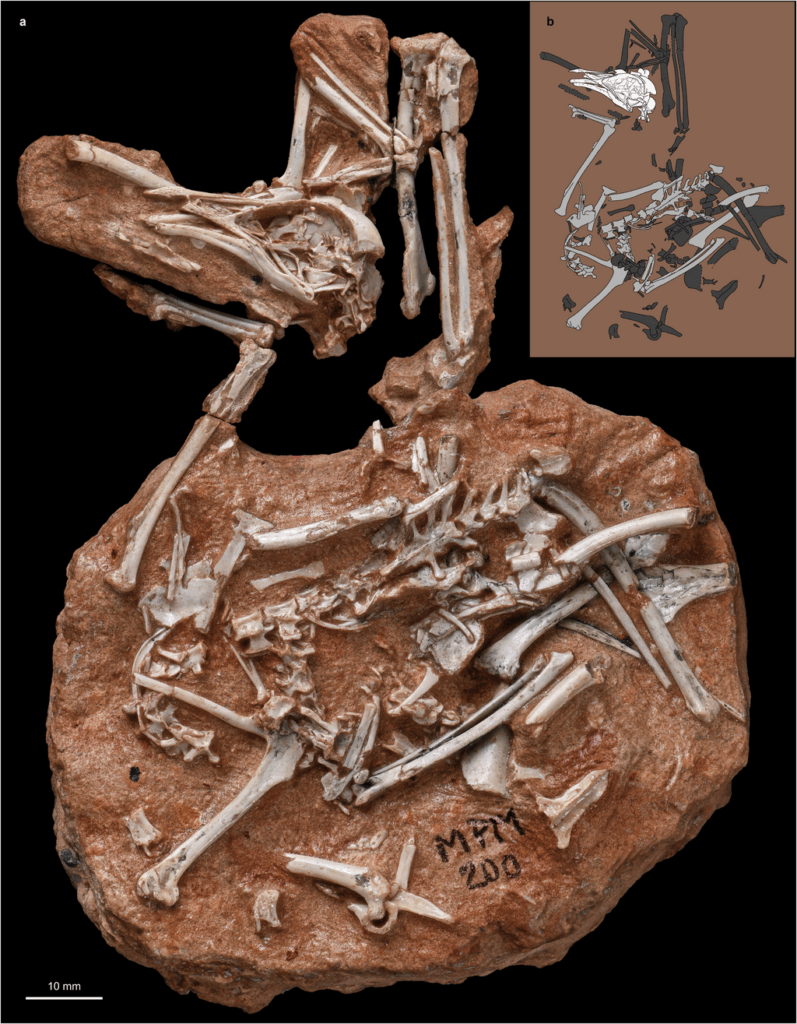
The missing link of 2024 emerged from a well-preserved 80 million-year-old bird skull known as Navaornis Hestiae. The skull was found in Brazil the fossil revealed the brain’s structure, which spans 70 million years of the evolution of avians, halfway between the early dinosaurs and modern birds.
Researchers rebuilt the brain of Navaornis with micro-CT scans. The results were remarkable: while its cerebrum, which is connected to cognition was higher-level than Archaeopteryx the earliest-known bird-like dinosaur, it did not have the intricate cerebellum that is found present in contemporary birds. This suggests that the bird’s intelligence evolved in stages and was able to deal with issues before the development of sophisticated flight control.
The co-lead author of this research the study Dr. Guillermo Navalonthat “this fossil is the Rosetta Stone of avian intelligence.” “It demonstrates that birds were already on a cognitive trajectory separate from mammals millions of years before humans even existed.”
Convergent Evolution: How Birds Built a Different Kind of Smart
Recent single-cell RNA sequencing studies have confirmed that birds and mammals arrived at intelligence using quite different neural architectures. Although their mature brain circuits resemble one another, they arise from different embryonic sources and follow different genetic paths.
Key results include:
- In birds, neurons from many embryonic sites can develop into the same functional type a flexibility not observed in mammals.
- Though they have independent evolution, birds and mammals share some DNA segments that direct brain development, suggesting strong evolutionary constraints.
- Though without a neocortex, corvids (crows, ravens) and parrots show ape-like intelligence tool use, future planning, social deception.
This phenomena, sometimes referred to as convergent evolution, demonstrates how intelligence is not a fluke of one lineage but rather a repeatable answer to problems of life.
The Social and Ecological Drivers of Avian Genius
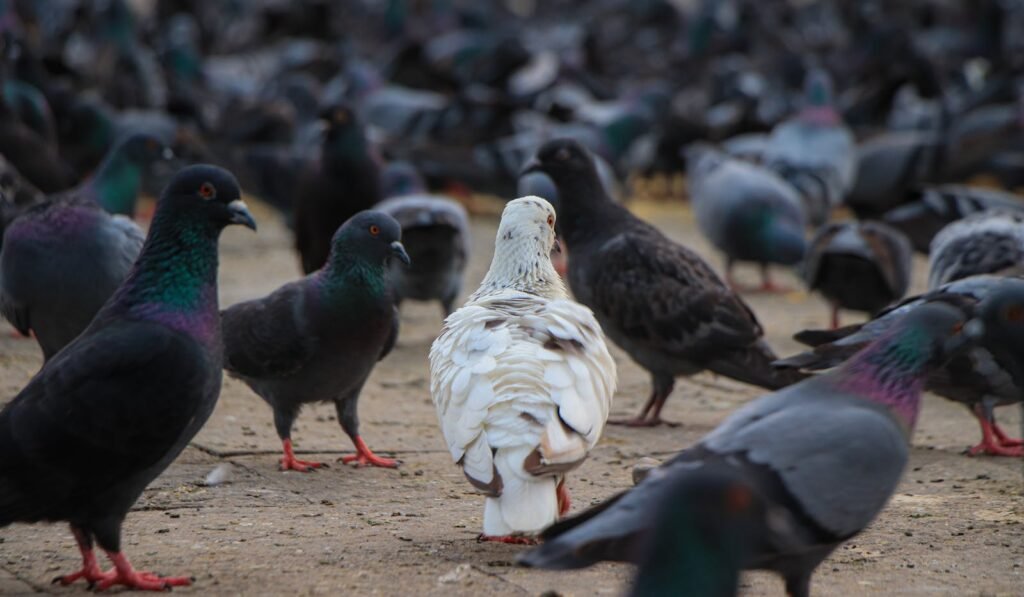
Why did intelligence in birds develop at all? Their social systems and ecology provide the key:
- Corvids and parrots lead dynamic groups in which alliances, rivalries, and dishonesty are common mirroring primate societies.
- Generalist foragers such as kea parrots must daily solve new food challenges, so fostering cognitive flexibility.
- Like humans, intelligent birds have long developmental times that let for brain expansion and learning.
Unmatched by most animals, Clark’s nutcrackers have spatial memory allowing them to recall the sites of 2,500 seed stores over 150 square miles.
Implications: From AI to Alien Intelligence
That insight pushes us to view smarts far beyond mammals alone. The turn brings big fallout, such as
- AI: Most systems copy human thought; lessons from birds could shape fresh, lighter code.
- Alien life: If Earth birthed two kinds of brains, the universe might host dozens more.
- Conservation: Knowing parrots and crows think like apes presses us to protect them.
Conclusion: A Universe of Possible Minds
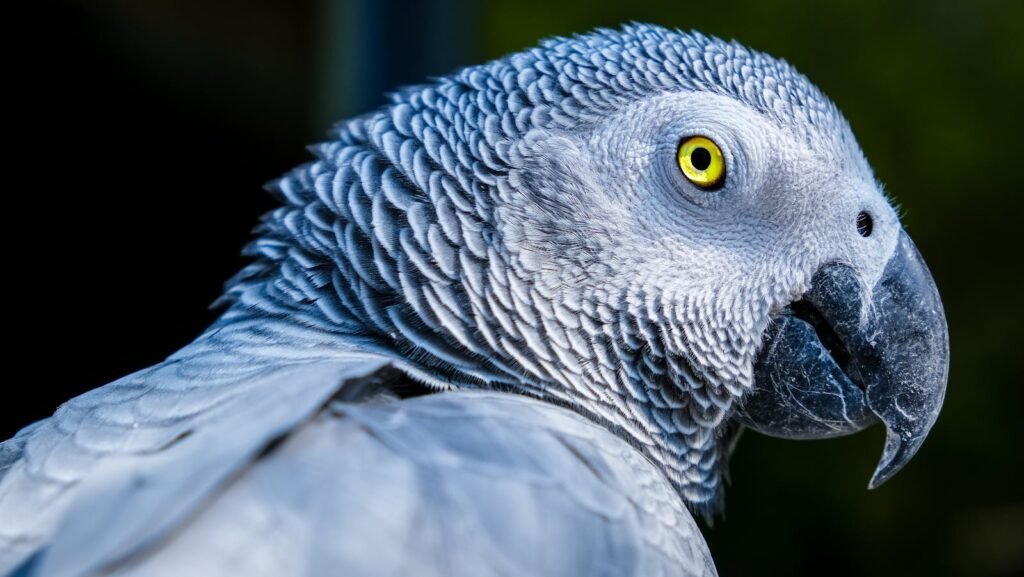
The knowledge that intelligence evolved twice destroys the idea of human exceptionalism. Birds show that nature can create genius in several forms by their alien neural wiring. As senior author of the Navaornis study, Dr. Daniel Field notes:
“We have barely started to explore cognitive development. Should birds and mammals choose different routes to intelligence, what other minds might be out there just waiting to be found?”
The frontier still to be reached? Investigating whether octopuses, cetaceans, or even insects have created their own original paths to intelligence shows that the cognitive tapestry of Earth is far richer than we could have ever dreamed.
Source:

Jan loves Wildlife and Animals and is one of the founders of Animals Around The Globe. He holds an MSc in Finance & Economics and is a passionate PADI Open Water Diver. His favorite animals are Mountain Gorillas, Tigers, and Great White Sharks. He lived in South Africa, Germany, the USA, Ireland, Italy, China, and Australia. Before AATG, Jan worked for Google, Axel Springer, BMW and others.

